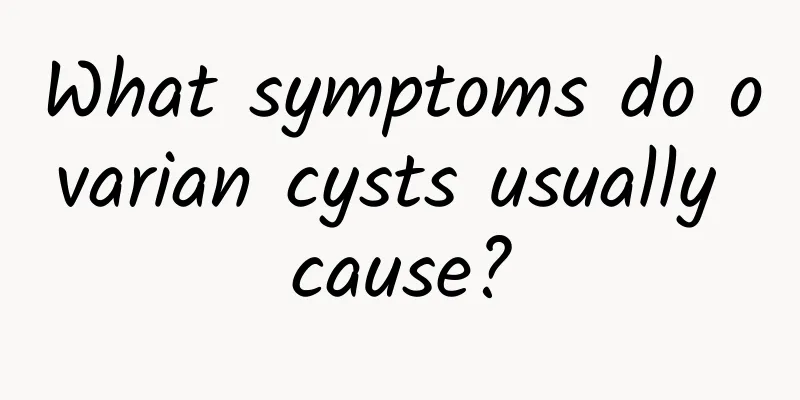TCM Syndrome Differentiation and Treatment of Various Types of Dysfunctional Uterine Bleeding

|
Dysfunctional uterine bleeding belongs to the category of "uterine bleeding" in traditional Chinese medicine. "Beng" means continuous discharge, while "leakage" means dripping discharge. Traditional Chinese medicine believes that Dysfunctional uterine bleeding originates from the kidneys, located in the Chong and Ren meridians, and changes in the qi and blood, manifesting as untimely discharge of uterine blood. Treatment principles Flexible use of the method of "blocking the flow, clearing the source, and restoring the original state" can be used, or both blocking the flow and clearing the source can be used, or clearing the source and restoring the original state can be used simultaneously. Blocking the flow means stopping bleeding, and although it is "treating the symptoms in an emergency", it is the first step in treating functional uterine bleeding. However, stopping bleeding is not just about astringing. It is necessary to use warming or clearing, or tonic or astringent methods according to the cold, heat, deficiency or excess of the symptoms, and pay attention to the combination of deficiency and excess, and the confusion of cold and heat, and weigh the treatment methods and prescriptions. Syndrome differentiation and treatment 1 Heat syndrome Clear and stop, used for heat syndrome of functional bleeding. Symptoms include heavy bleeding, bright red blood, often related to liver and kidney yin deficiency, hyperactivity of yang fire, and disturbance of the blood sea. Treatment should use clearing and nourishing products, such as peony bark, raw rehmannia, white mulberry, dandelion, etc. 2 Cold syndrome Warming and stopping, for patients with functional bleed and coldness. Symptoms include small amount of bleeding, light color, and cold pain in the lower abdomen. It is not suitable to use pungent, slippery, dry and hot medicines, but it is recommended to use deer antler glue, Morinda officinalis, Cibotium barometz, Cuscuta chinensis, as well as ginseng and Astragalus to warm yang and replenish qi, and replenish fire in water. 3. Qi and blood imbalance It is used to treat liver and kidney deficiency with qi and blood imbalance, weak function, and dysfunctional blood circulation syndrome of the three yin and three yang of liver, kidney, spleen and stomach. The treatment of liver and kidney deficiency is mainly to nourish the liver and kidney and harmonize yin and yang, such as Ligustrum lucidum, Eclipta prostrata, Parasitic plant, Eucommia ulmoides, etc. 4. Qi stagnation and blood stasis It stops diarrhea and is used for those with blood stasis and qi stagnation. Clinical symptoms include chest and abdominal distension and pain, dark blood color and blood clots. It is suitable for promoting blood circulation and removing blood stasis, and is used for common causes. Commonly used herbs include red peony root, madder root, milkwort, three-edged vine, curcuma, and Panax notoginseng. |
<<: Biopsy diagnosis of mixed dystrophic vulvar leukoplakia
>>: Dietary remedies for treating functional uterine bleeding
Recommend
How to treat cervical erosion in a gynecological hospital
The chance of female friends suffering from cervi...
Experts reveal how to effectively prevent chronic pelvic inflammatory disease
As the number of patients with chronic pelvic inf...
Treatment of ectopic pregnancy
The treatment principle of ectopic pregnancy is m...
Popular Science: Your lingering period may be related to these diseases!
My period just won't go away. What's goin...
Are these conditions all signs of cervical hypertrophy?
Although cervical hypertrophy is a common gynecol...
Treatment of malignant ovarian cysts
Due to the lack of obvious early symptoms, the tr...
The early symptoms of uterine fibroids may only be abdominal distension.
Since the early symptoms of uterine fibroids have...
Does running improve health? A man runs three times a week and is found to have lung nodules during a health check-up!
Is running definitely good for your health? Mr. Y...
Different types of adnexitis will have different manifestations
Adnexitis is a common gynecological disease. In f...
Can’t get rid of summer obesity? Beautiful Chinese medicine practitioner "pat pat slim" reduces fat and detoxifies...
In summer, you love to use air conditioning, drin...
Is vulvar leukoplakia contagious?
Vulvar leukoplakia, also known as vulvar white le...
What are the symptoms of multiple uterine fibroids? What are the typical symptoms of multiple uterine fibroids?
According to the different pathology of fibroids,...
Symptoms of pelvic inflammatory disease in women
Pelvic inflammatory disease mainly refers to infl...
Women must always take precautions against cervical erosion
In recent years, with the increasing incidence of...
How to treat female cervical erosion? Complete knowledge of female cervical erosion disease
Cervical cancer is the most common gynecological ...









